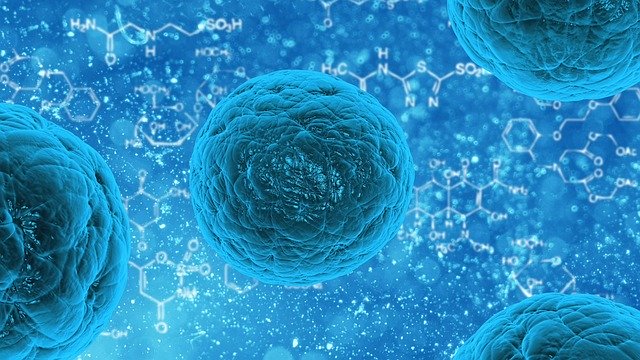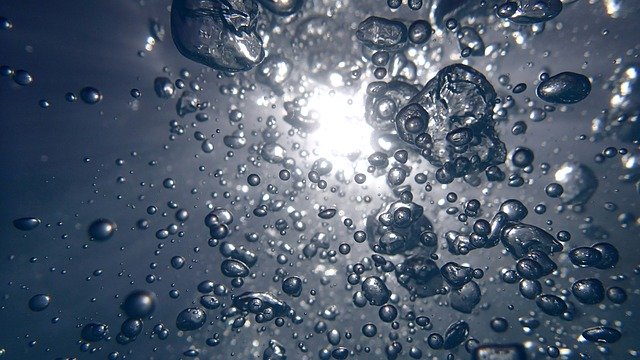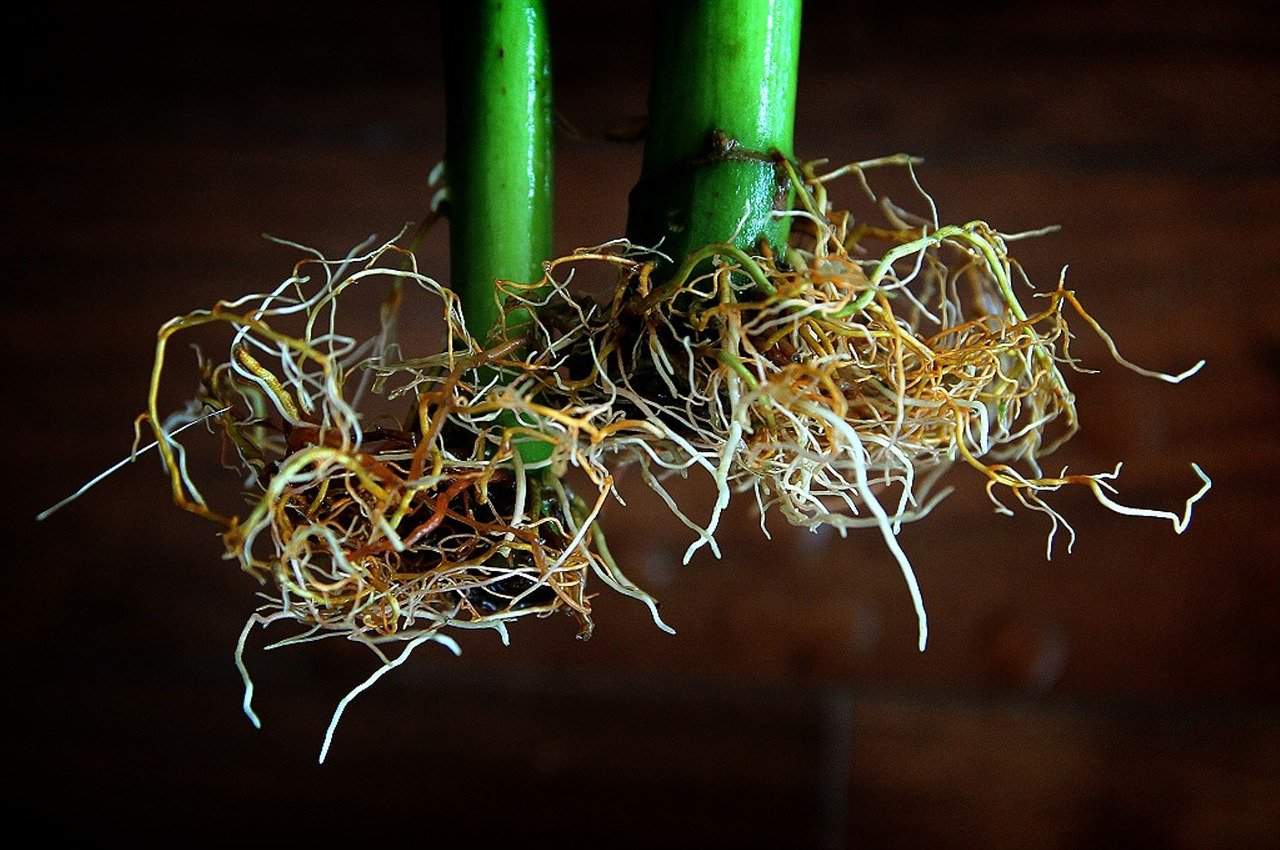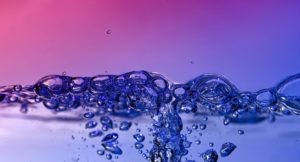Treating Root Rot with Hydrogen Peroxide in a DWC system is a relatively straight forward process. First, you’ll need to know the amount of water in your DWC hydroponic system. Then you’ll need to figure out the right dilution ratio based on the hydrogen peroxide concentration you plan on using.
Continue reading this article for the exact mixing ratio you’ll need to treat root rot using 3% Hydrogen peroxide up to 35% hydrogen peroxide.
Also, if you’re looking for root rot prevention tips & products we have some suggestions further down the page that can help stop root rot before it becomes a problem.
Root Rot Treatment Hydrogen Peroxide
Treating root rot with hydrogen peroxide is pretty easy, but it can get a little confusing when it comes time to mix a given concentration of hydrogen peroxide with water.
Calculating how much hydrogen peroxide for plants you’ll need to use will depend on the concentration of hydrogen peroxide you plan to start with. In most cases, you can use 3% Hydrogen peroxide (Buy Online).
Alternatively you can use 12% Food Grade Hydrogen Peroxide (Buy Online) that is free of any impurities or preservatives. Concentrated hydrogen peroxide is also more cost-effective if you need to treat a large amount of water, and you can even purchase it by the gallon which is especially helpful if you have a large DWC reservoir.
There are also stronger Food Grade Hydrogen Peroxide options available. You can get Nutrilife H2O2 29% Hydrogen Peroxide (Buy Online) at hydroponic stores or Amazon.com.
For the most part, 35% Food Grade Hydrogen Peroxide has tighter restrictions on shipping and sales, so it can be harder to find in local stores but you can find it online in some stores.
How Much Hydrogen Peroxide per Gallon of Water
Three percent hydrogen peroxide can be added at up to 0.44 oz (2.5 tsp) per Gallon of Water (3ml per liter). However it’s best to start with a lower concentration and then slowly increase the amount of hydrogen peroxide over time.
US Gallons
Liquid H2O2 Ounces per day = 1.28 * G/C
Metric Liters
Milliliters H2O2 per day = 10 * L/C
Symbols:
C= Hydrogen Peroxide Concentration – % H2O2 (e.g 3%, 12%, 35% )
G= Gallons in reservoir
L= Liters in reservoir
3% Hydrogen Peroxide Root Rot
You’ll need to mix 3% Hydrogen Peroxide (Buy Online) at a ratio of 0.44 oz (2.5 tsp) of 3% H202 per Gallon of Water (3ml per liter) to Treat Root Rot.
12% Hydrogen Peroxide Root Rot
You should mix 12% Hydrogen Peroxide (Buy Online) at a ratio of 0.11 oz (0.625 tsp) of 12% H202 per Gallon of Water (0.75ml per liter) for root rot control.
29% Hydrogen Peroxide Root Rot
Mix 29% Hydrogen Peroxide (Buy Online) at a ratio of 0.046 oz (0.26 tsp) of 29% H202 per Gallon of Water (0.31ml per liter) as a root rot treatment.
35% Hydrogen Peroxide Root Rot
A solution of 35% Hydrogen Peroxide mixed with water at a ratio of 0.038 oz (.21 tsp) of 35% H202 per Gallon of Water (0.25ml per liter) will effectively kill root rot.
Root Rot Prevention – Pythium Root Rot Treatment Hydroponics
| Image | Name | Rating | Shop |
|---|---|---|---|
 | MYCO+ – The Best Mycorrhizal Root Booster | ||
 | Botanicare Hydroguard Bacillus Root Inoculant | ||
 | Organic Neem Bliss 100% Pure |
MYCO+ – The Best Mycorrhizal Root Booster
MYCO+ (Buy Online) contains beneficial fungi that form a symbiotic relationship with a plant’s roots. This Mycorrhizal fungus can help increase nutrient absorption by increasing the overall surface area of a plant’s root system. The fungus will also colonize a plant’s roots and help defend them from the pathogens that cause root rot ( Fusarium, Rhizoctonia, and Pythium).
Botanicare Hydroguard Bacillus Root Inoculant 1-Gallon
Botanicare Hydroguard (Buy Online) contains beneficial bacteria that improve root health and enhance nutrient absorption. This root inoculant contains Bacillus Amyloliquefaciens which aids in the breakdown of organic matter, and it aids in nutrient transport.
Bacillus Amyloliquefaciens will also help improve root health by increasing root mass, and the bacteria will also colonize the root tissue, which can help reduce the risk of bacterial and fungal infections.
Organic Neem Bliss 100% Pure Cold Pressed Neem Seed Oil 32 oz
Neem Oil for Root Rot (Buy Online) can be effective in some cases, but it should not be directly added to a hydroponic systems reservoir. Neem oil can be used to treat your hydroponic growth media if you’re having problems with root rot in coco coir.
If you plan on trying neem oil only use a small amount diluted to the same concentration that you’d use for a soil drench. However, care should be taken since neem oil can easily harm a plant’s delicate root system.
Root Rot Hydroponics – Treating Root Rot with Hydrogen Peroxide DWC
Root rot in hydroponics is caused by multiple strains of water molds in the Phytophthora genus. In some cases root rot can also be caused by other pathogens like Fusarium, Rhizoctonia, and Pythium.
Low Oxygen Conditions Cause Root Rot
Root Rot commonly occurs in hydroponic systems that aren’t properly aerated. The many fungal species that are responsible for root rot thrive in damp anaerobic conditions.
A properly sized Air Pump (Buy Online) will minimize the risk of your plants getting root rot by fully aerating and churning the water in your DWC reservoir.
Read More: What Size Air Pump Do I Need for a DWC System
Root Rot Coco – Organic Growth Media
The growth and spread of root rot in coco coir is a common occurrence since the coco coir serves as a source of organic nutrients for the mold to feed on. That’s why it’s best to use an inert growing media like Lava Rock, Perlite, Rockwool, or Hydroton (Buy Online) if you’re having trouble with root rot.
Hydrogen Peroxide Hydroponics
Hydrogen peroxide (Buy Online) is usually added in small amounts to a hydroponic reservoir to treat root rot, bacteria, and algae. Once hydrogen peroxide is added to water it degrades from H202 into H20, and in the process each molecule of hydrogen peroxide releases a single oxygen atom into the water.
The oxygen atoms released into the water act as highly reactive free radicals that have a very high oxidization potential. These free oxygen atoms quickly kill bacteria, viruses, and fungi on contact. The oxygen atoms do this by destroying the outer cell membrane of fungal pathogens, or the cell wall of certain kinds of algae.
Anti-Microbial

Hydrogen peroxide is known to be one of the safest and most environmentally friendly ways to control bacteria, viruses, and fungi in a DWC hydroponic system. Peroxide will quickly kill almost all microbial invaders, but it won’t harm your plants when used as directed.
Hydrogen peroxide is also much safer than antibiotic and anti-fungal treatments that can be harmful to plants and humans. In addition, using hydrogen peroxide is considered to be 100% organic.
Root Health
Hydrogen peroxide also plays a role in a plant’s internal chemical signaling system. Peroxide can stimulate a plant’s natural “immune system” to resist attacks from fungal, viral, and bacterial pathogens.
Hydrogen Peroxide does this by stimulating the production of catalase in a plant’s root system. Catalase is known to improve the health of a plant by increasing nutrient uptake by enhancing the permeability of the roots.
Improves Oxygenation

When hydrogen peroxide degrades in an aqueous solution it will release oxygen atoms into the water. If these oxygen atoms combine they can form into O2 molecules that will help oxygenate a DWC nutrient reservoir.
Everyone knows that plants “breathe” carbon dioxide, but most people don’t know that a plant’s roots absorb oxygen from their environment. That’s why it’s extremely important to keep the water in a DWC bucket well-oxygenated at all times.
In some cases, the root mass in a DWC system can prevent oxygen from reaching all the roots due to dead-spots that can reduce water circulation. If you ever encounter this problem you can add hydrogen peroxide to the DWC reservoir to help improve the dissolved oxygen content of the nutrient solution.
Chlorine Removal

Peroxide has been found in testing to be highly effective at removing chlorine from municipal water. If you have some hydrogen peroxide on hand you can use it to quickly neutralize chlorine before adding water to your DWC reservoir.
Most plants won’t be harmed by the small amount of chlorine in tap water. But, it’s still useful to neutralize any chlorine before mixing probiotics or Mycorrhizal fungi into your reservoir since chlorine will kill those delicate probiotic and symbiotic organisms.
Hydrogen Peroxide Hydroponics Algae

Hydrogen peroxide is mainly used in a hydroponic system to deal with root rot, but it can also be used to control algae. Peroxide can be extremely helpful if you need to control a challenging algae bloom in a hydroponic reservoir.
Hydrogen peroxide can also be used to clean your hydroponic equipment and pumps between crops to reduce the risk of spreading algae spores.
Hydrogen Peroxide Plant Growth
The main ways hydrogen peroxide improve plant growth are :
Effective Against Bacteria and Viruses
Kills Fungal Spores and Treats Root Rot
Increases Dissolved Oxygen Levels
Improves Root Health and Nutrient Absorption












